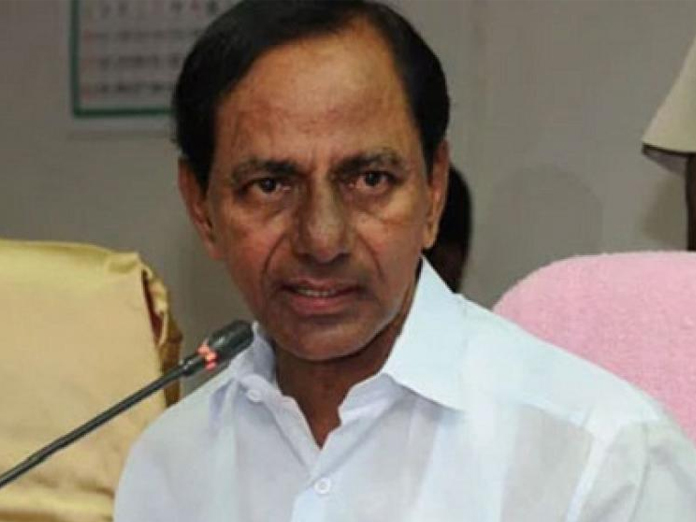Last week, Telangana CM K Chandrasekhar Rao presented the full annual budget of the state. The TRS led state has reported 10 per cent revenue drop and, therefore, cut the spending by 9 per cent with capital expenditure (Capex) bearing a 16 per cent reduction.
The expenditure of a budget could be classified into capital and revenue expenditure. The recurring expenditures (payment of salaries and pensions, administrative expenses, Interest payments on loans) is classified as revenue expenditure. This expenditure is ‘fixed’ to a large extent and therefore could not be ‘slashed’.
Investment in new projects like construction of schools, roads, and hospitals is called capital expenditure.
Higher Capex leads to economic growth and job growth while lower Capex leads to slowdown. Telangana is just one example of how states cut capital expenditure when faced with revenue constraints.
Over the last few years, the states have been on a spending spree. During elections, the political parties offer farm loan waivers, social security benefits, unemployment benefit and what not to win the election.
After these parties get elected, riding on populist promises, they are under immense pressure to deliver. To deliver on these social security benefits, the state needs more money but growth in taxation revenue is limited. Now the state is left with two options- increase the fiscal deficit or cut capital expenditure.
There is a constraint on fiscal deficit under the FRBM act. Over the years, it has been seen the states can meet the fiscal deficit target but they cut the capital expenditure. The state government find it easy to reduce capital expenditure to increase spending social security benefits because no one will hold them accountable for cutting Capex and increasing social security benefits will help them in getting re-elected.
In Telangana, capital expenditure was reduced by 16 per cent while revenue expenditure by only 6 per cent. The cut in capital expenditure (Investment) has serious implications. “Investment is the “key driver” that drives demand, creates capacity, increases labour productivity, introduces new technology, allows creative destruction, and generates jobs,” reads the Economic Survey.
The responsibility of increasing investment lies with central as well as state government. If the state government does not do their bit, the central government alone could not drive investment. As per a report by PRS legislative, the capital expenditure of the states had not exceeded 15 per cent in the last decade.
As one can see from the above paragraph, higher capital expenditure leads to better economic growth in future and increase job creation. States like Madhya Pradesh, Chhattisgarh, and Bihar spent a larger amount to Capex and therefore registered better economic growth.
The total public expenditure of the central government is around 22 lakh crore rupees while the combined expenditure of all state governments is above 25 crore rupees.
Ideally, the states should spend higher on capital expenditure because they do not have to deal with sectors such as defence and internal security which require huge spending.
The states could increase investment in the economy by spending on social security benefits; this will lead to higher economic growth and job creation. Higher economic growth will also lead to better tax collection in future and this will create a ‘virtuous cycle’.
But so far, the state has trimmed the capital expenditure increase by spending on ‘freebies’ like farm loan waiver and unemployment benefits. This has resulted in ‘vicious cycle’ and is equally responsible for the slowdown in economic growth and unemployment. Just as it is on the central government, it is also an obligation on the state to ensure job growth and rapid economic growth, and states like Telangana under the TRS government must not opt out of it, while doling out freebies aimed at election outcomes.
